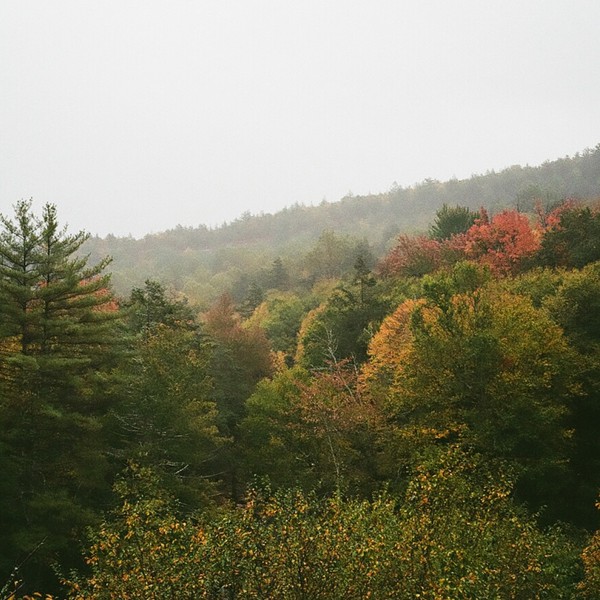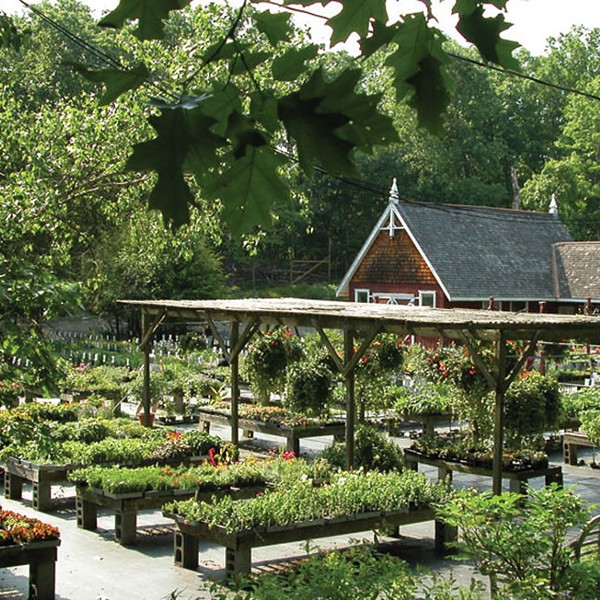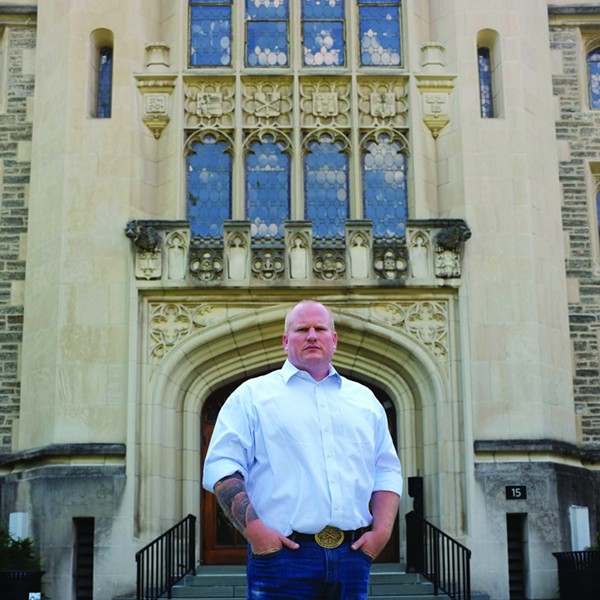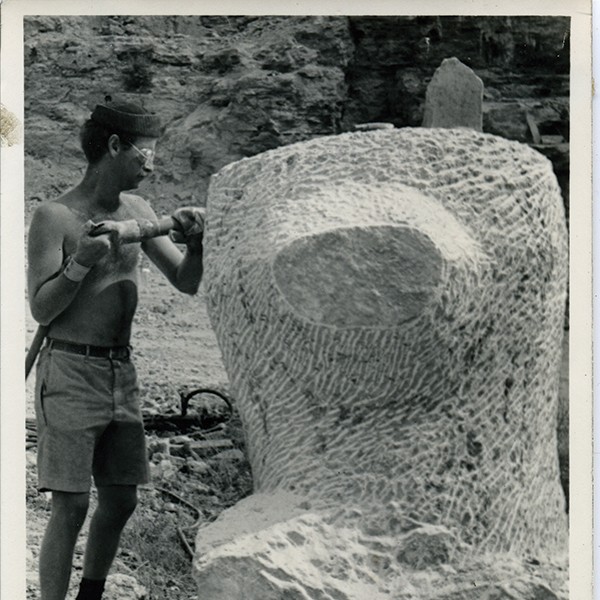Avid kayakers, the Alwash’s had spent many hours exploring the wetlands of southern California with Alwash telling his wife, “Wait until we go back to Iraq and you see Iraq’s marshlands.” Having spent some time in his younger years accompanying his father, Jawad, to work, Azzam was left filled with memories of the spectacular landscape and its culture. A district irrigation manager and one of the first irrigation engineers to gain access to the marshes, the elder Alwash had a genuine interest in and delight at being accepted into the close-knit albeit reclusive and secluded culture of the Marsh Arabs, and regularly brought his young son along on trips into the marshlands to resolve water disputes. His work and attitude enabled him to establish close relations with people whose culture was remarkably unique.
Although residing in southern California, Alwash spends most of his time traveling between the US, southern and northern Iraq, Italy, and wherever the work of Nature Iraq takes him. One of his greatest challenges in the preliminary stages of creating the planned Marshland National Park has been in opening/creating dialogue among the Marsh Arab tribal community—upon whom a genocide was attempted—and gaining their trust. “One of our goals is to provide legal protection for these marshlands, so that they are protected from ever again deliberately dried,” said Alwash. “Not to be too poetic about it, but the restoration of the marshes is a ‘phoenix from the ashes’ symbol for the restoration of the destruction visited upon it by the Baath regime. To that extent, the creation of the national park in the central marshes will serve as a ‘never again’ monument for the future generation of Iraqis to remind them about what happened in the late 20th century. The same regime that destroyed the southern marshes also destroyed 5,000 villages in Kurdistan. To that extent, the north and south of Iraq are linked, at least emotionally, through the destruction visited upon them by the same regime that governed Iraq for 35 years.”
REVENGING REBELLION SADDAM-STYLE
Until the end of the first Gulf War in 1991, the indigenous inhabitants of the marshlands, the Madan or Marsh Arabs, lived in much the same way as their ancestors did 5,000 years ago. They fi shed, herded water buffalo, and glided their small craft through the lush green reeds they tended, cut, dried and then used to construct their complex, arched homes and meeting places. As noted in a BBC interview with William Thesiger, British explorer, and author of The Marsh Arabs who spent time in the marshlands in the 1950s and 60s, “It [was] a curious sort of life because you had to live in a canoe. There’d be one house here and another 4 or 5 yards away and you couldn’t get to it because there was water between you. And you had to step in a canoe and go over. You traveled everywhere and lived everywhere in a canoe.”
It was in 1991 when Saddam Hussein, freshly defeated by a United States led 34-country unifi ed force, faced immediate internal opposition from rebellious groups that included predominantly Shiite Muslims from Basra and some Marsh Arabs in Iraq’s south, as well Kurdish forces in the north. All had been persecuted by Saddam’s regime during Iraq’s war with Iran during the 1980s. Rebels in the north and south had been inspired by the apparent ease with which coalition forces routed Iraqi troops from Kuwait. They were also encouraged by a radio broadcast by then-President George Bush calling for open rebellion, and an expected intervention by coalition forces on their behalf once they rose up. The intervention never came.
In the south, the rebellion was spontaneous in nature, although supported by the regional political parties. In Northern Iraq’s Kurdistan region, the uprising was more organized and driven by two rival Kurdish militias: the Kurdistan Democratic Party and the Patriotic Union of Kurdistan. The rebellions, both north and south, were savagely repressed by Saddam’s military.
The southern rebellion lasted three weeks before Saddam’s regime began to reassert its authority by targeting the marshes. The remote region, lacking roads or points of entry by anything other than boat, acted as an ideal hiding place for those running from Saddam’s military forces. According to January 2003 Human Rights Watch Briefing Paper, “In their attempt to retake cities, and after consolidating control, loyalist forces killed thousands of unarmed civilians by firing indiscriminately into residential areas; executing young people on the streets, in homes and in hospitals; rounding up suspects especially young men, during house-to-house searches, and arresting them without charge or shooting them en masse; and using helicopters to attack unarmed civilians as
they fled the cities. Tens of thousands of army deserters, political opponents, and others who had sought shelter in the southern marshlands were systematically and relentlessly pursued by security and military forces following the Iraqi government suppression of the uprising. The government also launched an unprecedented attack on the Shi’a Muslim faith and culture.”
















